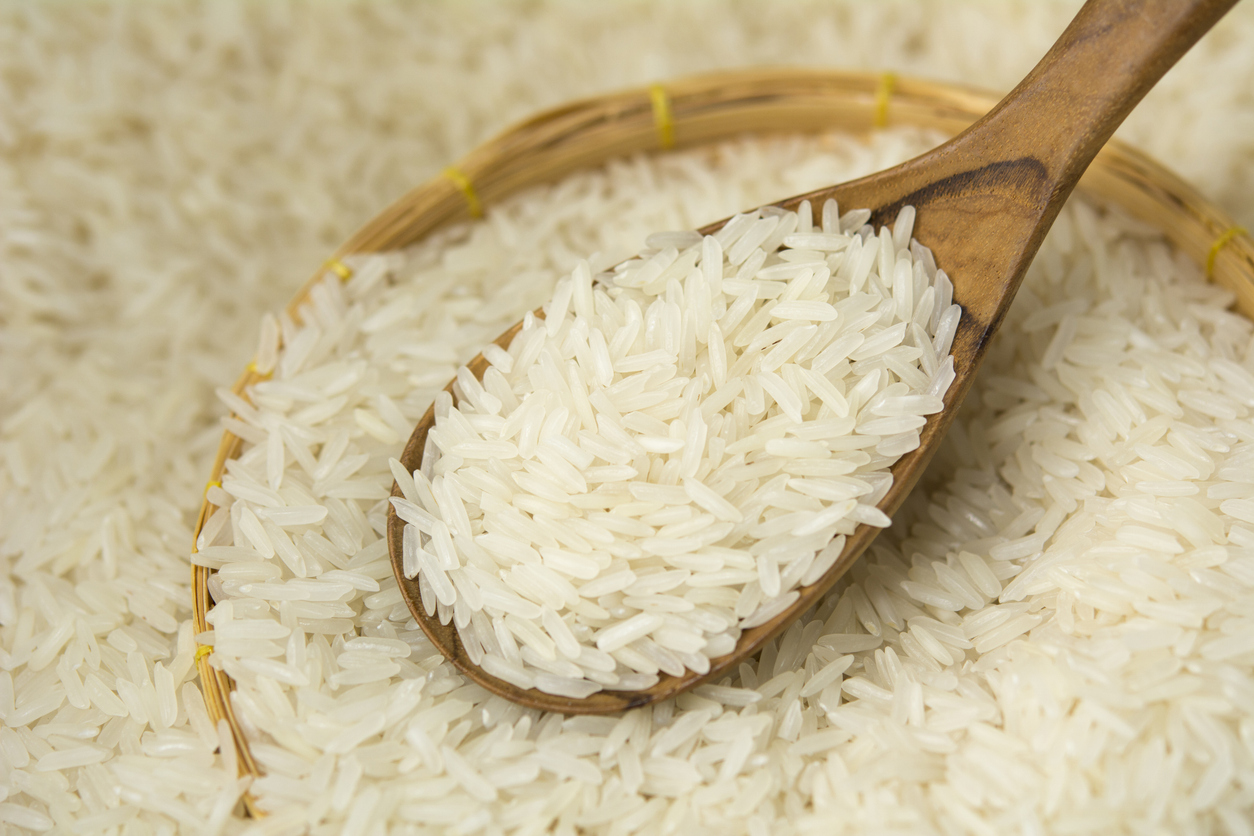
Study Reveals Genetic Secrets of Rice
May 21, 2025| |
A new study led by researchers at King Abdullah University of Science and Technology (KAUST) in Saudi Arabia and Wageningen University & Research (WUR) in the Netherlands provides new insights on the evolution of rice, showing how the DNA of this valuable staple crop has changed across species. The study is expected to help with improving rice yields and introduce rice into regions where its production is currently untenable.
The researchers examined nine tetraploid and two diploid wild relatives of rice and found that the species could be distinguished by subsets of the genomes. These differences were mostly due to transposable elements, also known as jumping genes, because they are DNA sequences that move from one location in the genome to another, and a common natural means for creating genetic diversity. The study revealed the existence of diploid and tetraploid species, resulting in genomes that varied more than twice in size. In some of this massive DNA were genes that have strengthened the robustness of the plant against hotter temperatures, drier and saltier soil, and other environmental stresses common to the Middle East and increasing worldwide with climate change.
The study also determined the evolutionary tree of wild rice, showing when new species emerged, offering clues for when rice underwent significant stress that stimulated genomic changes for the plant to endure.
For more details, read the news release on the WUR website.
| |
You might also like:
- Pangenome Reveals Genetic Diversity, Evolution, and Domestication of Rice
- Genomes of Basmati Rice Sequenced
- International Group of Scientists Complete Wild Rice Genome
Biotech Updates is a weekly newsletter of ISAAA, a not-for-profit organization. It is distributed for free to over 22,000 subscribers worldwide to inform them about the key developments in biosciences, especially in biotechnology. Your support will help us in our mission to feed the world with knowledge. You can help by donating as little as $10.
-
See more articles:
-
Plant
- Study Reveals Genetic Secrets of Rice
- OsKCS11 Links Very-Long-Chain Fatty Acids and Cytokinin in Rice Dwarfism
- UK's Precision Breeding Act for Plants Signed into Law
-
Animal
- Gene Editing Offers Dual Protection Against PRV and PRRSV
-
Food
- Consumers in Ogun State, Nigeria Show Openness to GM Foods
- UN Reports Acute Food Insecurity and Malnutrition Rise for the 6th Consecutive Year
-
Health
- Columbia University and Broad Institute Researchers Develop New Gene Editor for Safer, More Precise Gene Therapies
- Infant is World's First Patient Treated with Customized CRISPR Gene Editing Therapy
-
Read the latest: - Biotech Updates (November 26, 2025)
- Gene Editing Supplement (November 26, 2025)
- Gene Drive Supplement (February 22, 2023)
-
Subscribe to BU: - Share
- Tweet

